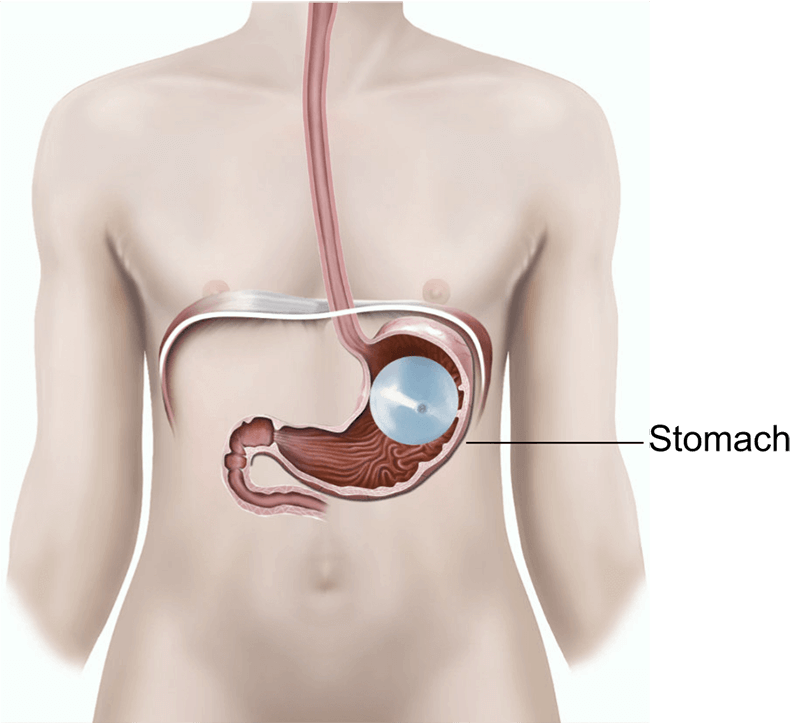Gastric Balloon
Bassel

Your healthy is on the Forefront of Our Priorities

Gastric Ballon at Emirates European Hospital
The Gastric Balloon is a revolutionary, non-surgical weight loss procedure designed to assist individuals in achieving their health goals. This temporary device is placed in the stomach through a simple, minimally invasive endoscopic procedure, where it occupies space and promotes a feeling of fullness sooner during meals. Typically, the balloon remains in place for six months, during which patients can experience significant weight loss. Throughout this period, patients receive comprehensive coaching on diet and lifestyle changes, supporting sustainable health improvements. The Gastric Balloon is an ideal option for those looking to lose weight without surgery, offering a safe, effective, and reversible solution to kickstart a healthier lifestyle.
Single Balloon Systems:
- The Orbera Balloon
- These consist of a single silicone balloon that is filled with saline solution and placed in the stomach. It’s typically used for six months before removal.
Dual Balloon Systems
- The ReShape Duo™
- This type employs two connected silicone balloons, which occupy more space in the stomach than a single balloon. This design is intended to enhance the stability and effectiveness of the balloon for weight loss.
Adjustable Balloon Systems
- The Spatz3 Adjustable Balloon System
- These balloons can be adjusted in volume after placement, allowing for increased or decreased restriction based on patient needs and tolerance. This adjustability can extend the use of the balloon up to 12 months.
Swallowable Balloon Systems
- The Obalon Balloon System
- These involve balloons that are swallowed in a capsule form, then inflated once they reach the stomach. This non-endoscopic placement is less invasive. Typically, up to three balloons can be introduced over a period to gradually increase fullness.
